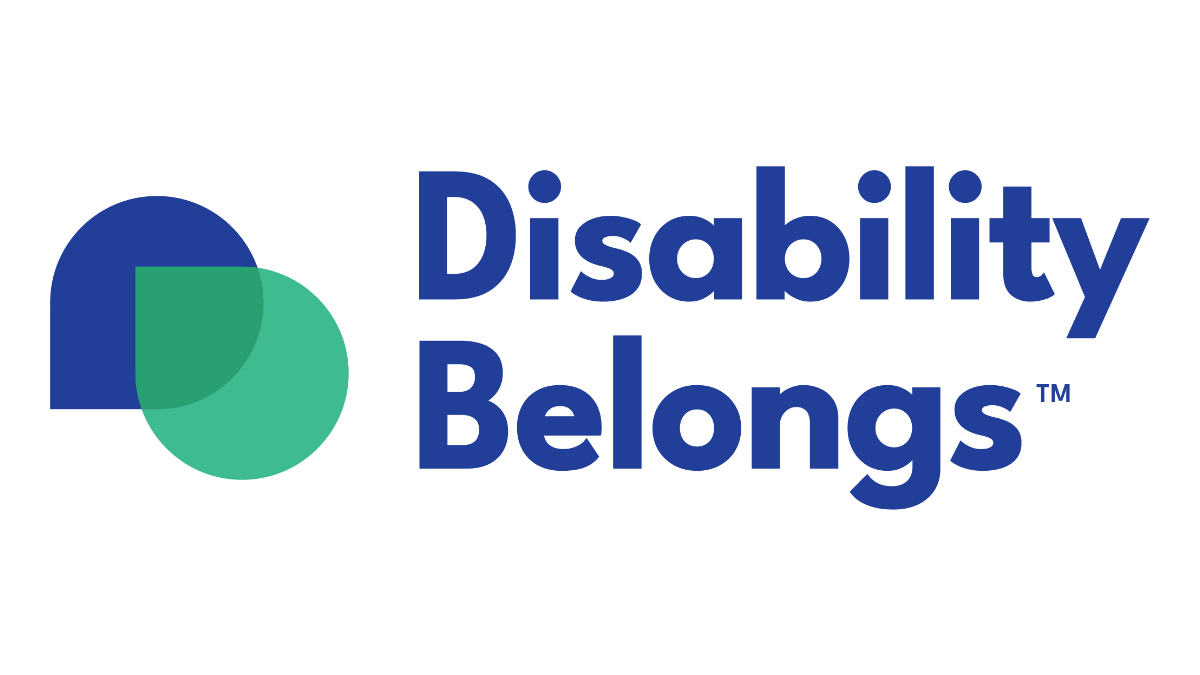Clarence Page is a highly accomplished journalist. He is a Pulitzer-winning syndicated columnist for the Tribune network, a member of the Chicago Tribune’s editorial board, a regular contributor to The News Hour with Jim Lehrer and has appeared on The McLaughlin Group, NBC’s The Chris Matthews Show, ABC’s Nightline and BET’s Lead Story.
He is also an African American who identifies as having Attention Deficient Hyperactive Disorder (ADHD), which can affect basic functioning due to hyperactivity and a pattern of inattention. Page has been outspoken about having ADHD and educating people about his disability.
One-in-five Americans has a disability, and polls show that most of them want to work. Yet 70 percent of working-age Americans with disabilities are outside of the workforce. There are 5.6 million African Americans with a disability in the United States. Only 28.7 percent of African Americans with disabilities are employed in the United States compared to 72 percent of African Americans without disabilities.
Page is proof that unemployment does not have to be the norm. In fact, Page thinks that having ADHD helped him become a successful journalist.
“I have a tireless curiosity about people in general, and I love to find interesting stories,” he said. “I’m no expert, but those characteristics seem to go productively well with the symptoms of ADHD.”
Page’s success in his field shows that people with disabilities are not only capable of doing great work, but also possess unique talents to bring to the table.
Page also knows we have work to do as a society to make life better for people with disabilities. He compared the struggles that children with ADHD face today to what he faced as an African American in the 1950s and 1960s. In the book “Positively ADD,” Page said that “people expect [children with ADHD] to act and learn in a certain way, but they don’t. They have to fight to figure out who they are and what they need.”
Reducing stigmas around ADHD would make these children’s lives easier and help them reach their potential. To do that, Page says that we should avoid simplistic descriptions of the disorder and focus on people’s abilities.
For many of the 1,199,743 black students (K-12) with disabilities in America today, the deck is stacked against them. Frequently “invisible disabilities” such as ADHD are not diagnosed and students do not get the supports they need to achieve. Frustrated, they can act out and become suspended. African American students with disabilities are disproportionately impacted by suspension in schools, with more than one in four boys of color with disabilities — and nearly one in five girls of color with disabilities — receiving an out-of-school suspension.
Studies show that when students miss too many days, either for being truant or just being absent, they get so far behind in class that it can lead to them dropping out of school. As documented in Disability & Criminal Justice Reform: Keys to Success, this can lead to the school-to-prison pipeline. Today there are more than 750,000 people with disabilities behind bars in America. Many of them do not have high school diplomas, are functionally illiterate and are people of color.
Overall, only 65 percent of students with disabilities graduate high school compared to 84 percent of students without disabilities. However, only 57 percent of black students with disabilities graduate high school compared to 74.6 percent of black students without disabilities.
Page offered some advice for young adults with ADHD: “Think of your diagnosis not as a ceiling on your abilities but as a floor beneath your opportunities. Never use your condition as an excuse to avoid trying new tasks and pursuing new goals. Face reality: You always will face different challenges from most other people. But you also have more opportunities than any previous generation.”
Role models like Page help show people with disabilities that they can achieve success in the workforce, just like everyone else.










He is one of the greatest journalists out there. Had no idea he has ADHD, gives me hope! Awesome read.